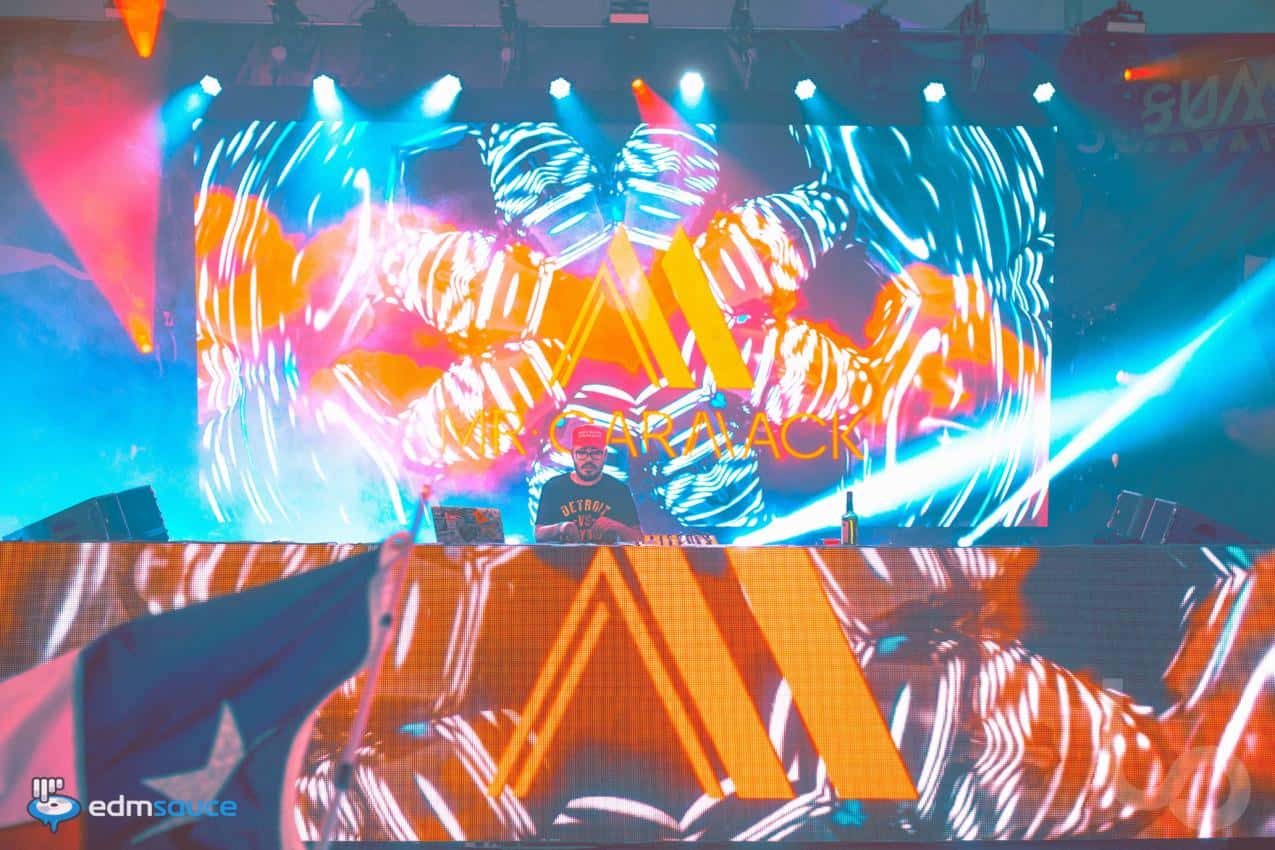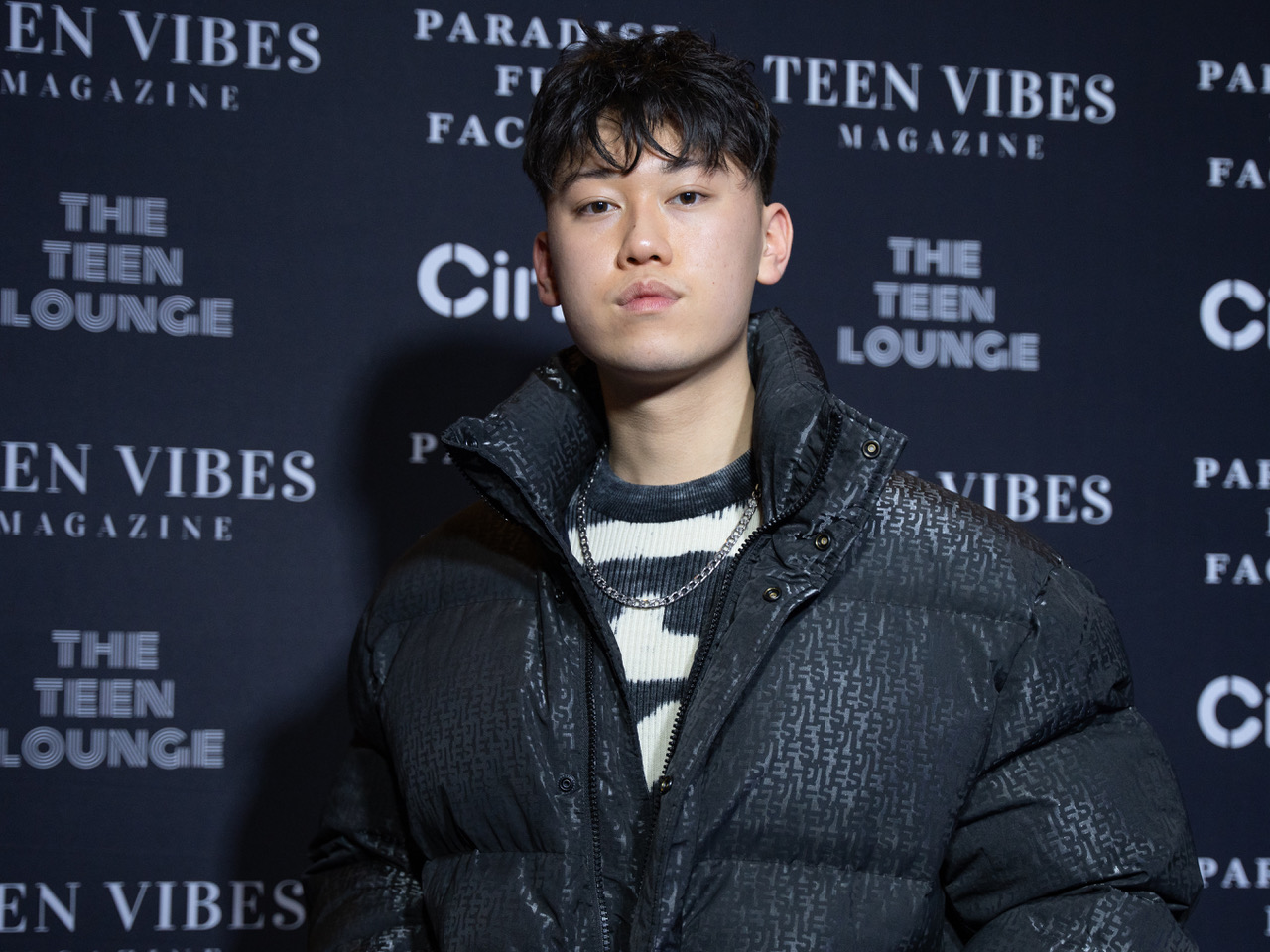Electronic dance music is growing in popularity. As its popularity increases, more people are contacting the artists who create it. The artists creating the electronic dance music are gaining fans at an unprecedented rate. This popularity is fueled by the unique sound that electronic dance music creates. Before you get started making your own electronic dance music, you should become familiar with this music.
Electronic dance music groups come in many different shapes and sizes. This is due to the fact that they can be based anywhere in the world. The United States, United Kingdom, Canada, Australia and Europe are just a few of the countries that commonly used electronic dance music groups. This genre has the following seventeen major subcategories, from three to 17. Here is a list of the top three, and some information about each one.
Techno Trance is considered to be one of the most popular subcategories of electronic dance music groups. It involves a heavy use of reverb and delay, along with a lot of complex samples. A good producer will be able to craft a wide array of sounds, that are then layered on top of one another. Of all the electronic dance music groups, this is the one that is considered to be the hardest to master. Although a good producer can make a mess of it, a bad one will sound terrible.
Ambient is one of the easier musical sub categories for electronic dance music groups. This type of track will be extremely mellow, and will have a smooth rhythmic feel. A good producer will be able to adjust the tempo of the track to be exactly what the audience wants. People who want a slower tempo, or one that is harder to follow, will enjoy this type of track.
Techno Trance is another very popular subcategory of electronic dance music groups. Many producers who specialize in this style will be extremely fastidious when it comes to the tempo and feel of their tracks. They will often spend hours listening to music samples, and trying to find the perfect tempo that will suit an audience. A good Techno Trance track will have a “light” kind of vibe to it. The vocals will be clear, and there will be no distortion on the instruments.
Other sub-categories that are often found within electronic dance music groups are Progressive, Classic, and Ambient. These are often used in conjunction with one another. A good producer will be able to blend different styles of EDM together, to create a completely unique sound. Most progressive tracks will feature a deep, dark sound, and many times they will be accompanied by a drumbeat. Classic tracks will most likely sound like reggae, but may come with a touch of rock thrown in.
These are just three examples of electronic dance music groups. There are many more genres, styles, and types of music to be found on the market today. If you don’t know of any specific sub-genre of electronic dance music groups, ask your DJ or friends who listen to a lot of EDM. Chances are you will be able to get some names of varying EDM artists and producers.
If you want to get started producing electronic dance music, there are plenty of tutorial videos, as well as online instructional videos that you can find for free. Some websites even offer a support forum where aspiring electronic dance music groups can ask questions, receive advice, and discuss topics of great interest to them. Whether your interests lie in reggae, metal, or any other genre, there is sure to be a tutorial, video, or article that will show you the ropes.


